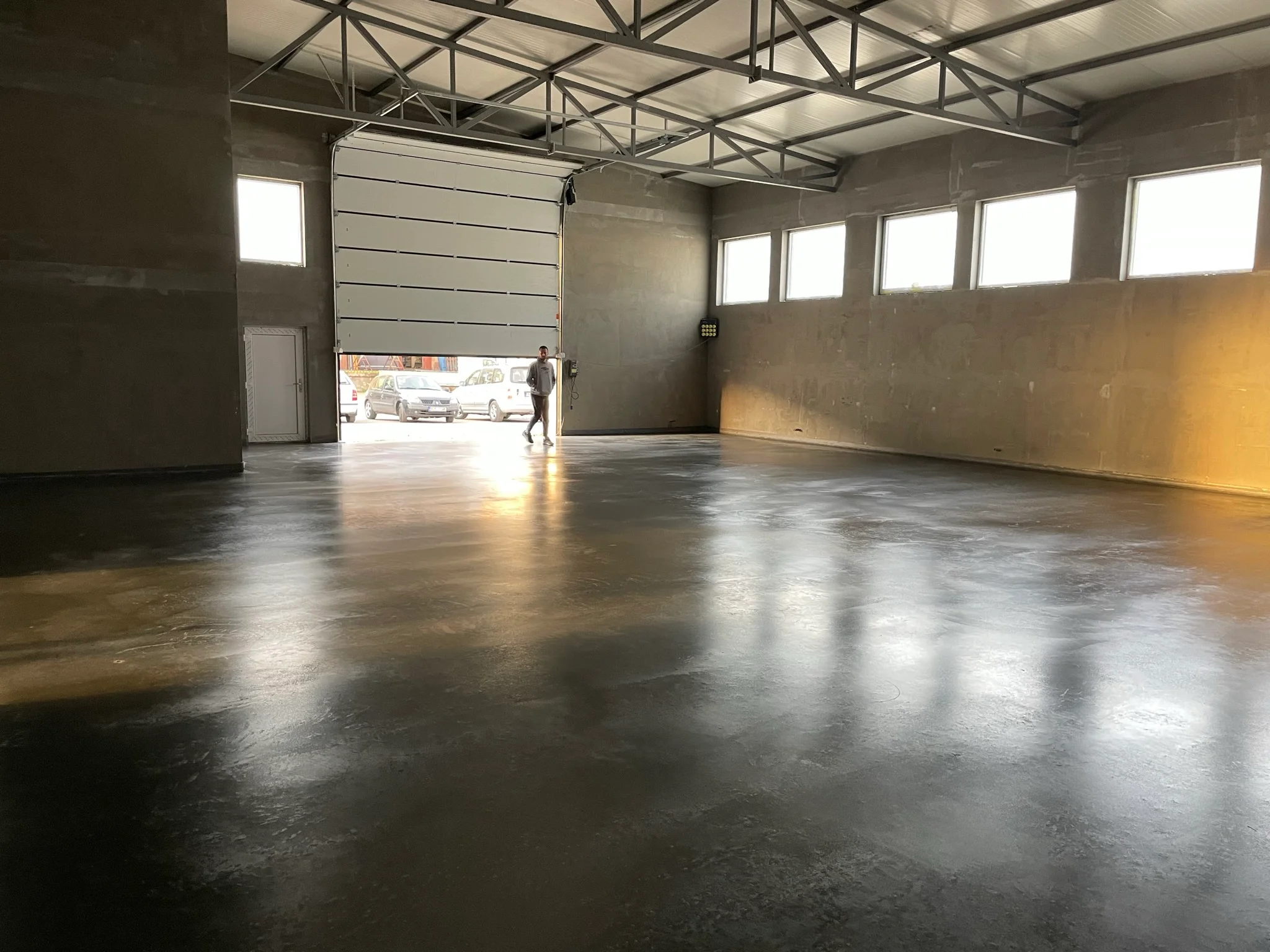Flatness of industrial concrete floor
The flatness of the floor in industrial buildings is a very important factor that affects the functionality and safety of the use of a particular room. DIN 18202, developed by the German Institute for Standardization (DIN), is one of the important standards that govern the quality and flatness requirements of concrete floors.
DIN 18202 is mainly concerned with the classification of the concrete layer according to its intended use, and one of the main parameters is flatness. It specifies precise criteria for tolerances and height differences of individual points on the floor surface.
This norma introduces the concept of the so-called" flatness class", which is the basic reference unit in the assessment of industrial concrete flooring. Depending on the planned purpose of a particular room, there are several classes of flatness, each of which has its own specific parameters and requirements.

Quality of industrial concrete flooring
For the most demanding premises, such as production halls, high-storage warehouses or logistics facilities, the strictest standards for the flatness of industrial concrete floors apply. In such cases, very low tolerances must be met to ensure the proper operation of machinery, the safety of people and the efficiency of logistics processes.
Floor flatness measurement according to DIN 18202 is carried out using special laser measuring devices that allow precise determination of deviations in height. In case of violation of the limits of permissible flatness, it is necessary to take appropriate corrective measures, such as grinding or repair, in order to achieve the required parameters.

When designing and implementing industrial concrete flooring, other factors should also be taken into account, such as the laying of an appropriate concrete substrate, the quality of the materials used for construction and the appropriate execution techniques. All this has a significant impact on the final quality and flatness of the floor.
The flatness of an industrial concrete floor according to DIN 18202 is an important aspect that affects the safety and functionality of industrial premises. This standard specifies the exact criteria for tolerances and height differences, thus ensuring the appropriate quality of the flooring. Compliance with these requirements requires the involvement of both designers, contractors and quality controllers to ensure the proper functioning of industrial premises.




